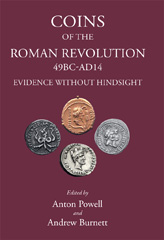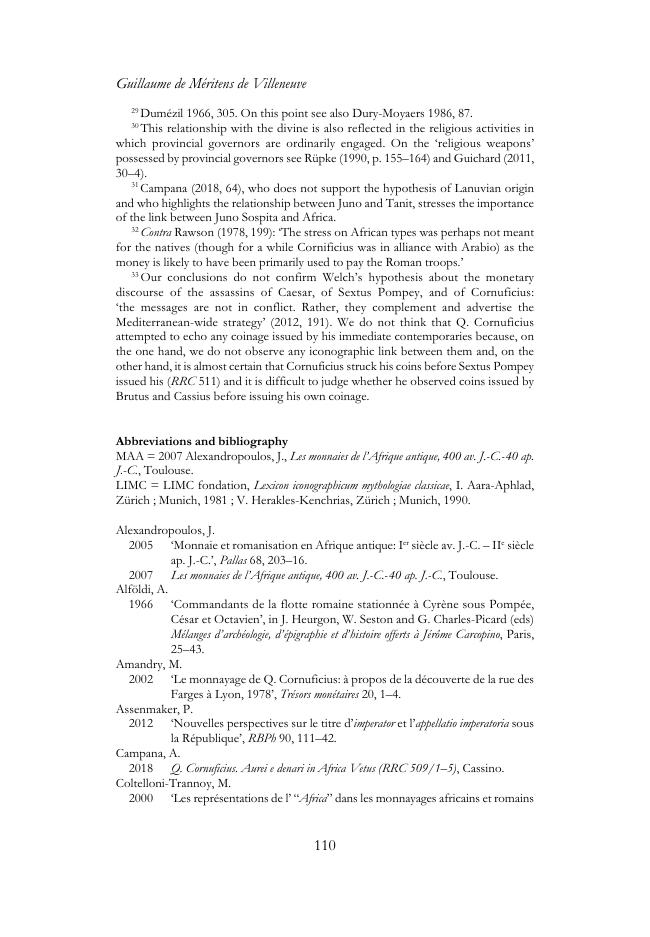Coins of the Roman Revolution, 49 BC-AD 14 : Evidence Without Hindsight
238 p.
Coins of the best-known Roman revolutionary era allow rival pretenders to speak to us directly. After the deaths of Caesar and Cicero (in 44 and 43 BC) hardly one word has been reliably transmitted to us from even the two most powerful opponents of Octavian: Mark Antony and Sextus Pompeius - except through coinage and the occasional inscription. The coins are an antidote to a widespread fault in modern approaches: the idea, from hindsight, that the Roman Republic was doomed, that the rise of Octavian-Augustus to monarchy was inevitable, and that contemporaries might have sensed as much. Ancient works in other genres skilfully encouraged such hindsight. Augustus in the Res Gestae, and Virgil in Georgics and Aeneid, sought to flatten the history of the period, and largely to efface Octavian's defeated rivals. But the latter's coins in precious metal were not easily recovered and suppressed by Authority. They remain for scholars to revalue. In our own age, when public untruthfulness about history is increasingly
accepted - or challenged, we may value anew the discipline of searching for other, ancient, voices which ruling discourse has not quite managed to silence. In this book eleven new essays explore the coinage of Rome's competing dynasts. Julius Caesar's coins, and those of his `son' Octavian-Augustus, are studied. But similar and respectful attention is given to the issues of their opponents: Cato the Younger and Q. Metellus Scipio, Mark Antony and Sextus Pompeius, Q. Cornificius and others. A shared aim is to understand mentalities, the forecasts current, in an age of rare insecurity as the superpower of the Mediterranean faced, and slowly recovered from, division and ruin. [Publisher's text].
Special access authorizations may apply; please contact us for further information.
-
Information
ISBN: 9781910589946
DISCIPLINES



